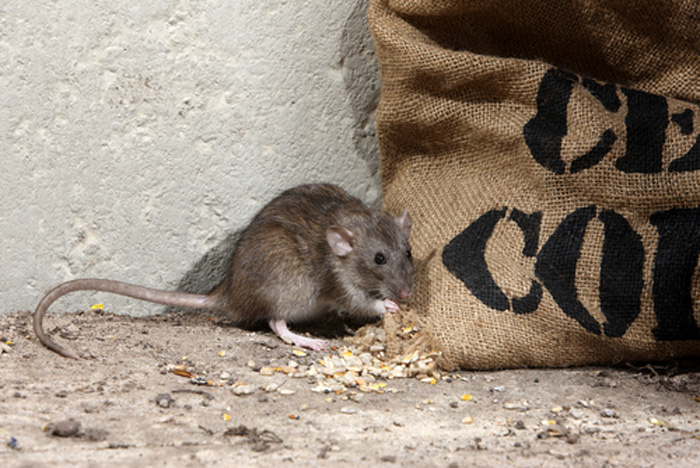Rodent Control Challenges in Food Processing Facilities
Share
When it comes to ensuring the safety and quality of our food supply, the role of rodent control in food processing plants cannot be overstated. These facilities are critical environments where even the slightest negligence can lead to serious contamination risks, making them prime targets for food safety concerns.
From packaging to production, every stage in a food processing plant must be meticulously monitored for any signs of rodent activity. Whether you're a seasoned industry professional or a concerned consumer, understanding the intricacies of rodent control is essential.

The Dangers Posed by Rodents in Food Processing Plants
Rodents, such as mice and rats, are more than just a nuisance. They can wreak havoc in food processing environments by gnawing on packaging, contaminating products with their feces, and spreading diseases. These problems underscore the necessity of robust pest management systems.
Some of the common issues associated with rodents include damage to insulation, gnawed wires leading to fire hazards, and potential loss of business reputation due to product recalls. Such disruptions not only impact operational efficiency but also pose a serious threat to consumer health.
Strategies for Effective Rodent Control
A comprehensive rodent control strategy in food processing plants requires a multi-faceted approach:
Regular Inspections and Monitoring
Conducting regular inspections is the first line of defense in identifying potential points of entry and signs of infestation. Advanced technologies like smart traps offer real-time monitoring, enabling prompt responses to rodent activity. Discover more about smart traps and their applications.
Facility Maintenance
Proper maintenance, including sealing cracks and installing door sweeps, is essential to fortify structures against rodent entry. This proactive measure not only saves costs associated with infestations but also assures a safer environment for food production.
Integrated Pest Management (IPM)
IPM is a long-term strategy that uses a combination of methods such as biological control, habitat manipulation, and regular sanitation practices. This holistic approach is critical for sustainable rodent management.
New Technologies in Rodent Control
As the field of pest control evolves, new technologies are reshaping how facilities handle rodent threats. From integrated pest management systems to new surveillance tools, advancements are helping keep these unwanted guests in check. Learn more about the role of technology in pest management with our article on pest control technology.
Smart Monitoring Systems
Modern facilities are increasingly adopting smart monitoring systems to detect and respond to rodent activity efficiently. These systems use sensors and IoT technology to provide real-time data and analytics, allowing for quick corrective actions.
The Value of Professional Pest Control Services
While facility managers can employ effective measures, partnering with a professional pest control service provides additional security. These experts offer specialized services tailored to the complexities of food processing plants.
The benefits include thorough inspections, targeted treatment plans, and ongoing monitoring to ensure your facility remains rodent-free.
The Right Partner
Selecting the right pest control partner is crucial. Look for those with experience in the food industry and a commitment to using safe, non-disruptive methods.
Conclusion: Protecting Our Food Supply
The battle against rodents in food processing plants is ongoing and requires diligent efforts. By understanding the risks and employing comprehensive control strategies, we can protect the integrity and safety of our food supply. Stay informed and proactive to ensure the highest standards of food safety are maintained.

FAQ
What are the primary signs of a rodent infestation in food processing plants?
Primary signs include droppings, gnawed packaging, urine trails, and evidence of nesting. Regular, thorough inspections are critical to early detection.
How often should pest control measures be reviewed in food processing environments?
Pest control measures should be reviewed at least quarterly or whenever there are changes in plant operations or seasonal shifts that may influence rodent behavior.
Are there specific certifications or standards for pest control in food processing plants?
Yes, many food safety organizations require compliance with standards such as the Global Food Safety Initiative (GFSI) which often includes pest control components. Familiarize yourself with these to ensure compliance.
This article contains affiliate links. We may earn a commission at no extra cost to you.
